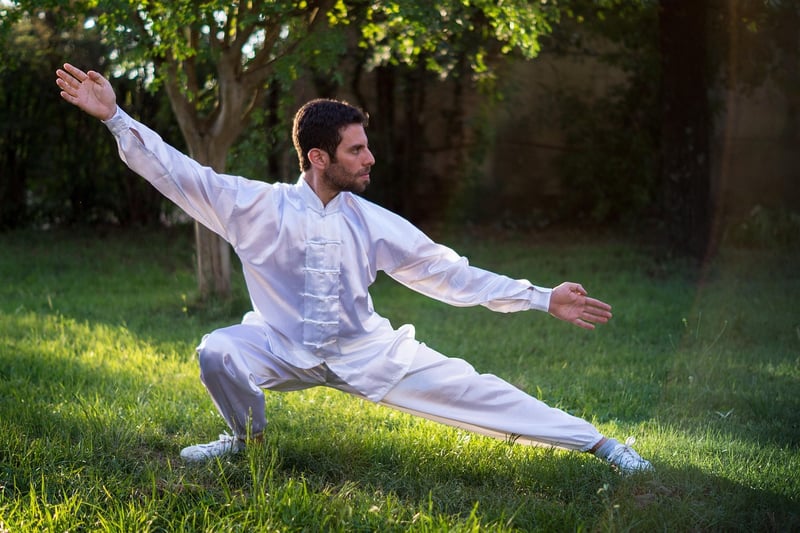Wu Style Tai Chi
The Art of Wu Style Tai Chi: A Timeless Chinese Martial Art

Originating from the rich tapestry of Chinese martial arts, Wu Style Tai Chi is a graceful and powerful form of exercise that integrates martial arts techniques with meditation and health benefits. This ancient art form has been passed down through generations, evolving into a practice that promotes physical, mental, and spiritual well-being.
The Origins of Wu Style Tai Chi
Wu Style Tai Chi traces its roots back to the legendary Tai Chi master Wu Chuan-Yu, who developed this unique style based on the original Chen Style Tai Chi. Known for its compact movements and emphasis on internal energy (qi) cultivation, Wu Style Tai Chi has gained popularity worldwide for its effectiveness in promoting balance, flexibility, and relaxation.
The Principles of Wu Style Tai Chi
Central to Wu Style Tai Chi are the principles of softness, slow movements, and mindfulness. Practitioners are encouraged to move with fluidity and grace, focusing on their breath and inner energy flow. By practicing Wu Style Tai Chi regularly, individuals can improve their posture, reduce stress, and enhance their overall vitality.
Health Benefits of Wu Style Tai Chi
- Improves balance and coordination
- Enhances flexibility and joint mobility
- Boosts energy levels and reduces fatigue
- Strengthens muscles and bones
- Calms the mind and reduces stress
- Supports cardiovascular health
Getting Started with Wu Style Tai Chi
Whether you are a beginner or an experienced martial artist, Wu Style Tai Chi offers a profound journey of self-discovery and holistic well-being. To begin your practice, consider joining a reputable Tai Chi school or seeking guidance from a certified instructor. With dedication and patience, you can unlock the timeless wisdom of Wu Style Tai Chi and experience its transformative benefits.
Embrace the essence of Wu Style Tai Chi and embark on a path of harmony, strength, and inner peace.

May your journey in Wu Style Tai Chi be filled with serenity and vitality.
